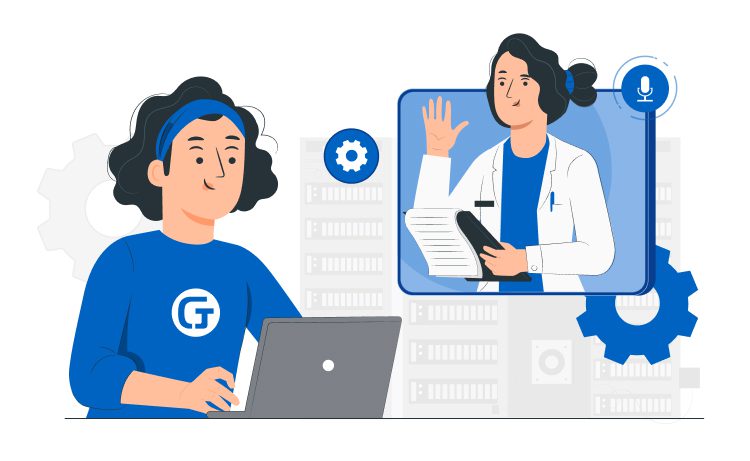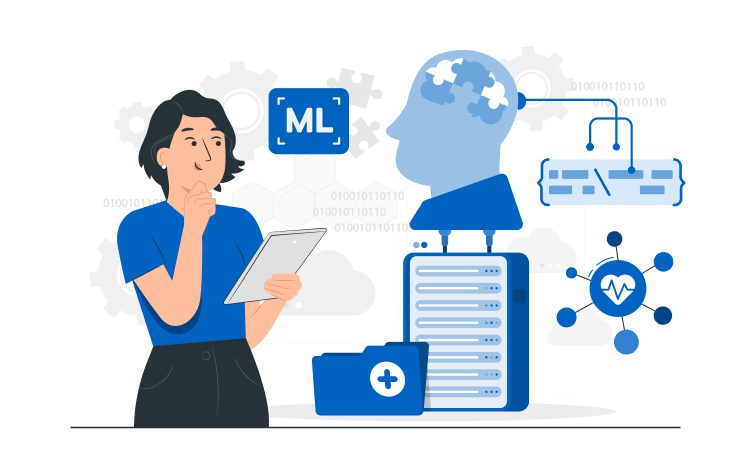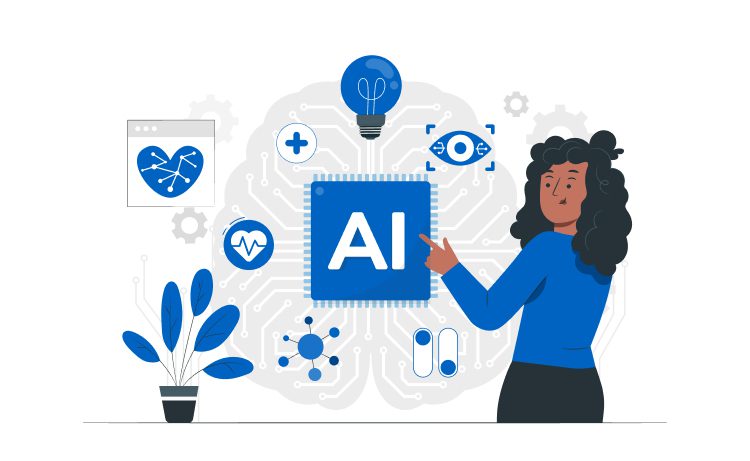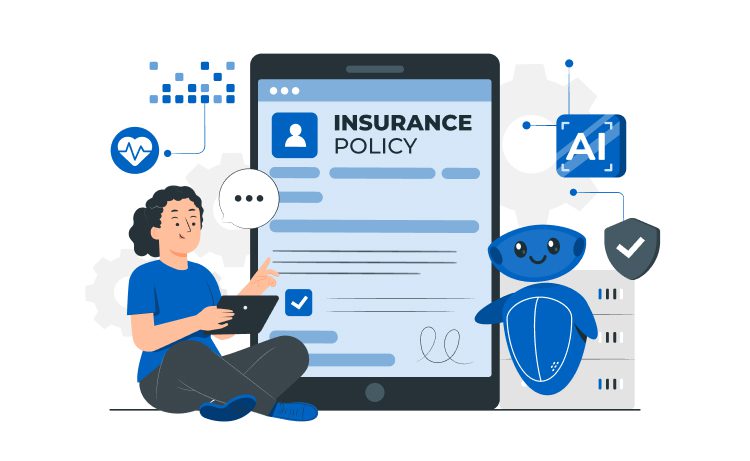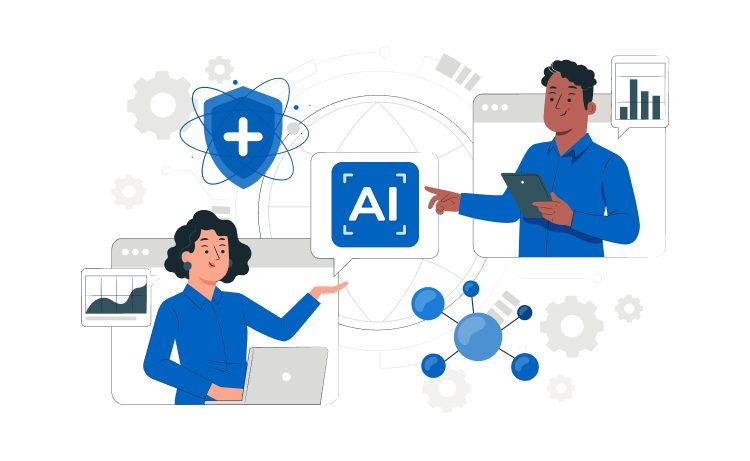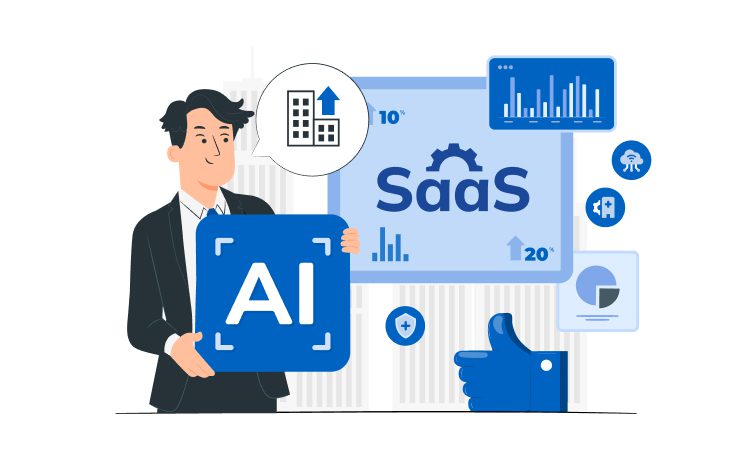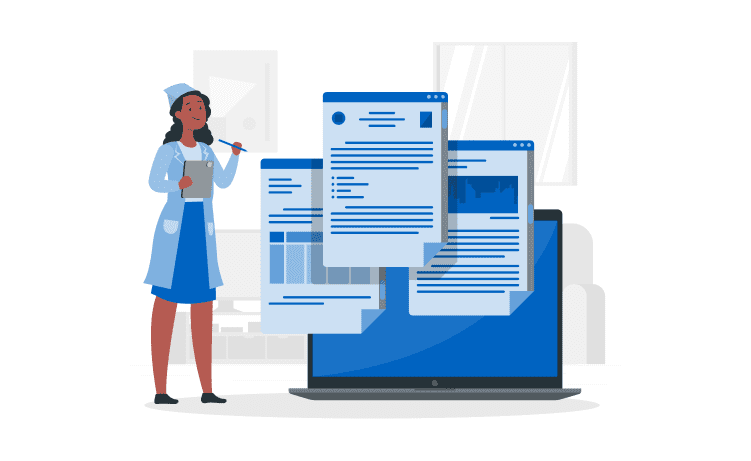
Hospital Management System: Features, Solutions, Modules



The COVID-19 pandemic has highlighted the need to automate the work of medical staff in hospitals. The global labor shortage of 7.2 million healthcare workers in 2013 is projected to rise to 12.9 million by 2035.
The types and amounts of data available are growing, so healthcare organizations are adopting AI and IoT technologies to streamline and speed up healthcare delivery. We will analyze the main elements of HMS and its development features and provide recommendations for deploying a digital product.
Content
Healthcare IT systems store vast amounts of patient and clinical data. A Hospital Management System (HMS) is a software product used to coordinate and control the workflow of a clinic. HMS regulates the financial, administrative, legal, and medical aspects of the hospital. The system may include LIS, PPS, RIS, PACS, and other components.
HMS is an electronic source of all visits, prescriptions, and patient information. The system contains clinical trial reports and billing data. Typically, it is implemented for administrative work and has many “secret” tasks within the hospital. Healthcare organizations adopt digital tools to keep populations healthy in real-time.
HMS includes several types of automation modules, a hospital protocol and standards database, dashboards, and reporting tools. The first block is intended for the daily work of a doctor, registration of patients, and the operation of a clinical laboratory.
The second building block contains information about clients, the principles of the hospital, the conditions for the provision of medical care, etc. The third one helps you track the results of the hospital’s work and determine directions for development.
Patients should be informed about upcoming appointments and other essential information via automatic SMS or voice reminders. Medical staff can speed up filling out medical records, registering patients, and avoiding errors.
For example, healthcare errors are the third leading cause of death in the United States. Online communication, making appointments, sending examination results — automation of each element of the medical structure is available in HIMS hospital.
Medical institutions are business companies that require ongoing reporting and sufficient profitability. HMS allows you to control the flow of revenues from medical services and the sale of drugs. Users can streamline payment and billing as well as track financial transactions between healthcare sector entities.
With the scaling of a healthcare organization, the volume of medical data sets increases, requiring structure storing and easy access. Manually processing information takes a lot of time and effort of employees, which leads to errors.
The digital future implies technologies that can process big data and deliver analytics in a matter of seconds. HMS development and the subsequent deployment of the IT product helps to structure information and resolve common issues without engaging medical personnel.
Speed, quality, and availability are three service factors that improve hospital management software. Patients can view information about pharmacies and book or buy drugs. All records are stored in an electronic system, so a paper card is no longer needed. Hospital staff may notify patients of test results or appointments via email or other communication tools.
The system allows integration with health insurance services. The message about the hospitalization of the insurance company’s client arrives at its office. A specialized company may cover all the costs of further treatment.
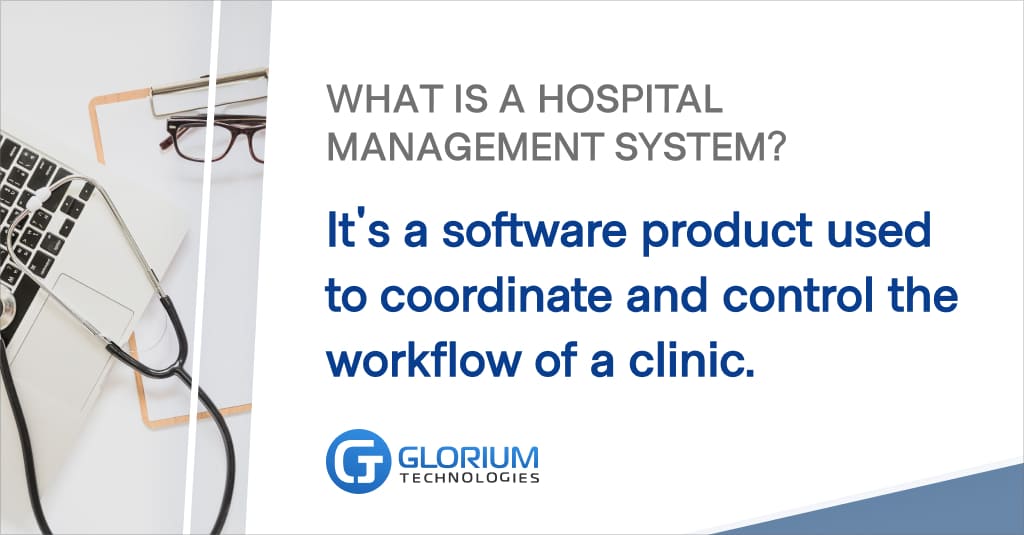
Consider the key components of the system to be managed. These include:
The hospital database management system allows you to speed up filling medical records and registration of patients. Clinic staff can entrust various tasks to the program, such as scheduling, financial reporting, and patient records.
Storing information on the patient’s state of health. Records include medical appointments, drug lists, laboratory results. They also display the date of the last visit to the doctor and their number.
The system stores the patient’s personal data like name, passport, social security numbers, address, mobile phone, and email. This category includes EHR or EMR subsystems.
The information in the system is updated automatically. The module is used to register patients and maintain a medical history. The data obtained helps the medical staff notify clients of appointments and send discharge recommendations by email automatically.
The module contains a list of available doctors for the selected dates, regulates their employment, and distributes time throughout the working day. In addition, the patient can view information about the education, qualifications, and experience of the specialist. Based on this data, choosing a doctor becomes much easier and faster.
The module provides information on the number of drugs and their availability in pharmacies. The hospital administration can track the medications needed and order them at the purchase price or monitor the fuel level in ambulances assigned to a medical institution. The system allows purchasing equipment and medical instruments for the entire enterprise. The clinic can control electricity, water, and utility bills.
This type of hospital management system module is responsible for the classification and distribution of information. It is needed for scheduling patient care, solving engineering issues, and regulating financial transactions.
The system combines appointment scheduling, diagnoses, patient data, appointments, reminders, and doctors’ notes. However, large amounts of data do not affect the performance speed so that it can provide the requested information shortly and on-demand in emergencies.
The administrative module works according to the CRM principle. Hospital staff can store customer contact information, log service issues, and see call history.
Also, the subsystem allows you to contact patients for notifications about making an appointment or receiving test results. The module helps to collect customer feedback and improve workflow in hospitals.
This category includes tools for appointment and physiotherapy procedures, hospital admissions, and hospital discharge processes. The module helps to select food for patients on a diet and the menu of a hospital cafe or manage the availability of the surgery room.
The patient pays for a particular medical service using its unique code. The system issues an invoice based on the time spent and the procedures performed in the hospital. It interacts with third-party tools such as a payment gateway to transfer funds. Reports are generated automatically, recording information about money transactions and customer data.

Personalized access. Medical personnel must have an individual password and login to sign in to the software. The access level is determined according to the position held and the authority of the employee. The administration of a medical institution should have advanced capabilities to change passwords and open confidential blocks while improving the qualifications of a specialist.
Clear and feature-rich UI/UX design. Each employee of the clinic should know how to use the system’s functions. The interface must be tested under the supervision of medical specialists. Navigation buttons, workspace organization, and data entry will be used every day, so you should make them as convenient as possible.
The architecture of the hospital information management system must support the expansion of features for the subsequent implementation of technologies like RPA, VR, and IOMT.
High working speed and quick response. Saving information, generating reports, or issuing search results requires quick response for the user. The provision of information about allergies and drugs previously prescribed to the patient is necessary for emergencies. In such moments, high speed is vital as it affects a person’s life.
HMS will become an automated solution for quickly updating medical records and editing the list of drugs. The system also adjusts the doctor’s work schedule depending on changes in the patient’s plans, regularly updating the program.
International security standards. The system must provide the highest level of protection for patient data. Introducing an HMS, consider three mandatory HIPAA rules: confidentiality, integrity and availability of the entire electronic PHI, and protection against potential attacks or the disclosure of confidential information.
Appropriate configuration of HMS modules. It includes a list of settings, form templates, and the program code itself. A module is a text file that contains the IT product code. Each HMS subsystem can exist as a separate component of the program. Module types include e-recipe platforms, EHRs, etc. During development, the required configuration of all elements should be determined.
The healthcare industry is introducing technological solutions to manage large patient populations in clinics during a pandemic, and HMS is one of them. This digital product helps to optimize hospital operations: from admission to the discharge of the patient.
The Glorium team will develop a hospital management system that will save the company from unnecessary administrative work. We will conduct a full cycle of work: from the server-side to the user interface. Automate medical processes in a few steps with us!
The system consists of 3 levels:
HMS allows hospital staff to focus on patient care rather than paperwork and customer calls.

